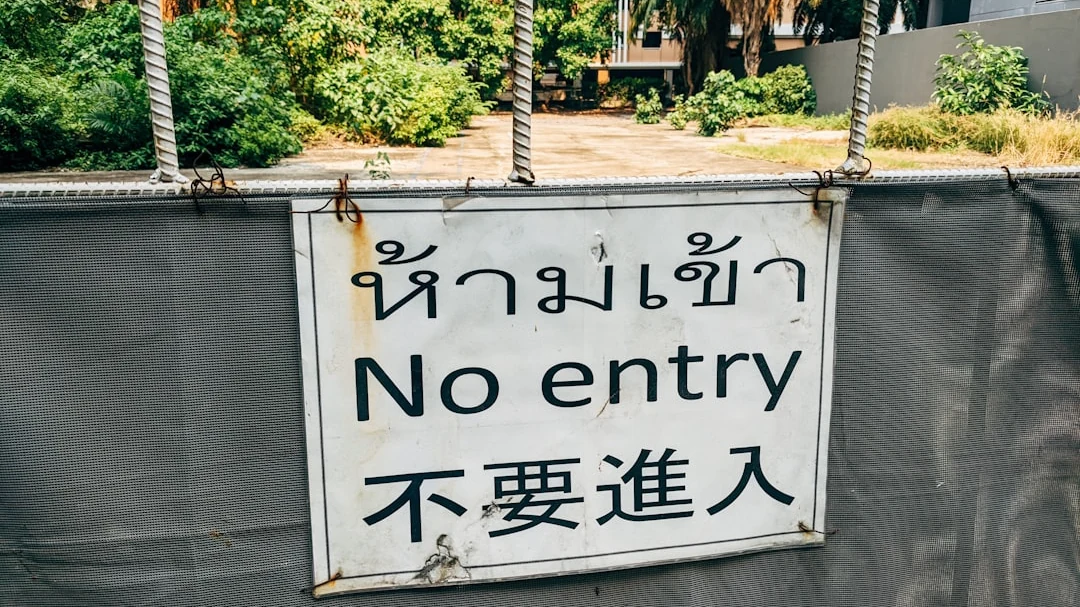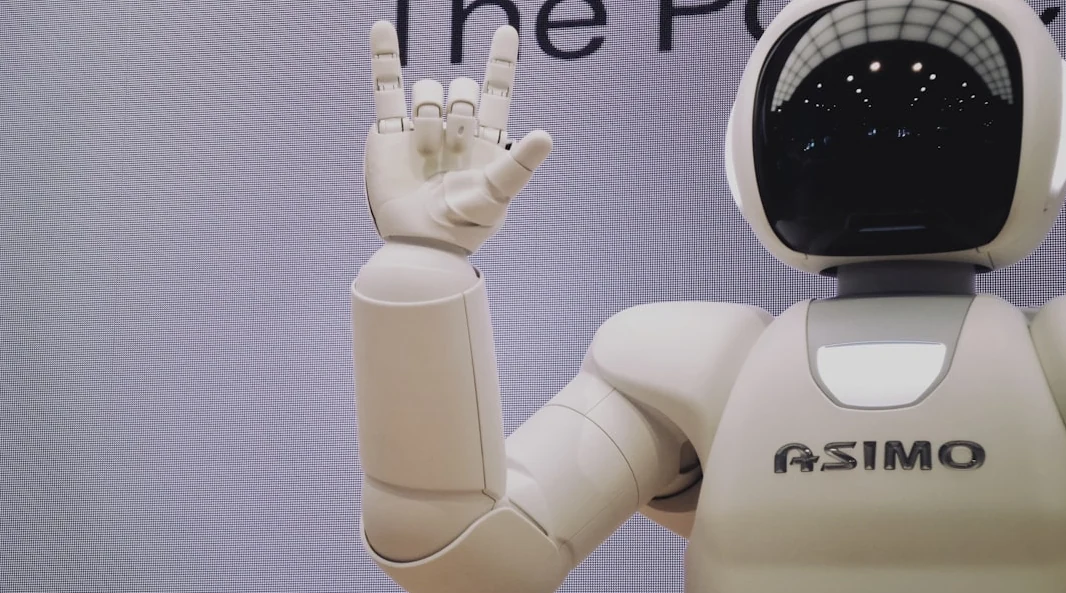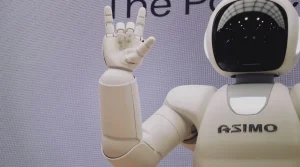Why AI to Human Translation Matters for Brand Authenticity | Professional Translation Services
Why AI to Human Translation Matters for Brand Authenticity
Picture this: A global luxury brand launches a campaign in Japan, only to discover their AI-translated slogan accidentally suggests their product is “cheap” rather than “affordable.” Within hours, social media explodes with confusion and mockery. This scenario isn’t hypothetical—it happens more often than brands care to admit, highlighting a critical gap in our increasingly automated world.
As businesses expand globally at unprecedented rates, the temptation to rely solely on artificial intelligence for translation needs grows stronger. After all, AI translation tools are fast, cost-effective, and available 24/7. However, when it comes to preserving brand authenticity—that intangible quality that builds trust and emotional connection with customers—the human touch becomes irreplaceable.
The Authenticity Crisis in Global Brand Communication
Brand authenticity isn’t just a buzzword; it’s the foundation of customer loyalty and trust. When brands communicate across cultures, they’re not just translating words—they’re translating meaning, emotion, and identity. This is where the limitations of AI translation become glaringly apparent.
Consider the cultural weight behind seemingly simple phrases. The English concept of “customer service” doesn’t translate directly into many languages without losing its cultural significance. In Japanese business culture, the concept of “omotenashi” encompasses hospitality, anticipation of needs, and genuine care—far beyond what “customer service” implies in Western contexts.
The Cost of Miscommunication
Research from the Harvard Business Review shows that 60% of global brands have experienced significant reputation damage due to translation errors. These aren’t just minor embarrassments—they’re costly mistakes that can:
- Damage brand reputation and credibility
- Alienate target audiences and potential customers
- Create legal complications in regulated industries
- Reduce market penetration and sales effectiveness
- Undermine years of brand-building efforts
Where AI Translation Falls Short
While AI translation has made remarkable strides, it still struggles with several critical aspects of brand communication that directly impact authenticity.
Cultural Context and Nuance
AI systems excel at literal translation but often miss the cultural subtext that makes communication authentic. A phrase that’s perfectly acceptable in one culture might be offensive or confusing in another. Human translators understand these nuances because they live within these cultural frameworks.
Brand Voice and Personality
Every brand has a unique voice—whether it’s playful, authoritative, compassionate, or innovative. AI struggles to maintain this consistency across languages because it doesn’t truly understand the personality behind the words. A brand that sounds warm and approachable in English might come across as cold and corporate when processed through AI translation.
Emotional Intelligence
Marketing copy often relies on emotional triggers—humor, nostalgia, aspiration, or urgency. These emotional elements are deeply cultural and require human understanding to translate effectively. What makes someone laugh in New York might fall flat in Tokyo, and only human translators can navigate these emotional landscapes.
The AI-to-Human Translation Advantage
The most effective approach isn’t choosing between AI and human translation—it’s leveraging both strategically. This hybrid model, often called “AI-to-human translation,” combines the efficiency of artificial intelligence with the cultural intelligence of human experts.
The Process That Preserves Authenticity
Here’s how the AI-to-human translation process typically works:
- Initial AI Translation: AI handles the basic translation, providing a foundation and ensuring consistency in terminology
- Human Review and Refinement: Professional translators review the AI output, correcting errors and adjusting for cultural context
- Cultural Adaptation: Translators adapt the content to resonate with local audiences while maintaining brand voice
- Quality Assurance: A final review ensures the translation meets both linguistic and brand standards
- Feedback Loop: Insights from human translators help improve future AI performance
Benefits for Brand Authenticity
This collaborative approach delivers several key advantages:
- Speed with Accuracy: AI provides quick initial translations, while humans ensure accuracy and cultural appropriateness
- Cost Efficiency: Reduces the time human translators spend on basic translation tasks, allowing them to focus on refinement and cultural adaptation
- Consistency: AI helps maintain terminology consistency across large volumes of content
- Cultural Sensitivity: Human oversight prevents cultural missteps that could damage brand reputation
- Brand Voice Preservation: Professional translators ensure the brand’s personality shines through in every language
Real-World Success Stories
Major brands are already seeing the benefits of AI-to-human translation approaches. A leading tech company recently reported a 40% improvement in customer engagement rates in non-English markets after implementing a hybrid translation strategy. Their secret? Using AI for speed and scale, then having native speakers refine the content for cultural authenticity.
Similarly, a global fashion retailer found that their AI-to-human translated product descriptions led to 25% higher conversion rates compared to pure AI translations. The human touch helped capture the aspirational language that resonates with fashion consumers across different cultures.
Best Practices for Implementation
To maximize the authenticity benefits of AI-to-human translation, consider these expert recommendations:
Choose the Right Content for Each Approach
Not all content requires the same level of human intervention. Technical documentation might need minimal human review, while marketing campaigns require extensive cultural adaptation. Develop a content classification system that determines the appropriate level of human involvement.
Invest in Native Speaker Expertise
The most effective human translators aren’t just bilingual—they’re bicultural. They understand not just the language, but the cultural context, consumer behavior, and market dynamics of their target regions.
Create Brand Guidelines for Translation
Develop comprehensive translation guidelines that capture your brand voice, preferred terminology, and cultural considerations for each market. This helps both AI systems and human translators maintain consistency.
Key Takeaways
As global markets become increasingly competitive, brand authenticity isn’t just nice to have—it’s essential for survival. The AI-to-human translation approach offers the perfect balance of efficiency and authenticity, allowing brands to scale their global communications without sacrificing the cultural intelligence that builds trust and drives engagement.
The future belongs to brands that can communicate authentically across cultures while maintaining operational efficiency. By combining the speed and consistency of AI with the cultural wisdom and emotional intelligence of human translators, businesses can ensure their brand message resonates authentically with audiences worldwide.
Remember, in a world where consumers have endless choices, authenticity isn’t just about what you say—it’s about how genuinely you say it in each culture you serve. The investment in AI-to-human translation isn’t just about better translations; it’s about building lasting relationships with customers who feel truly understood and valued.








